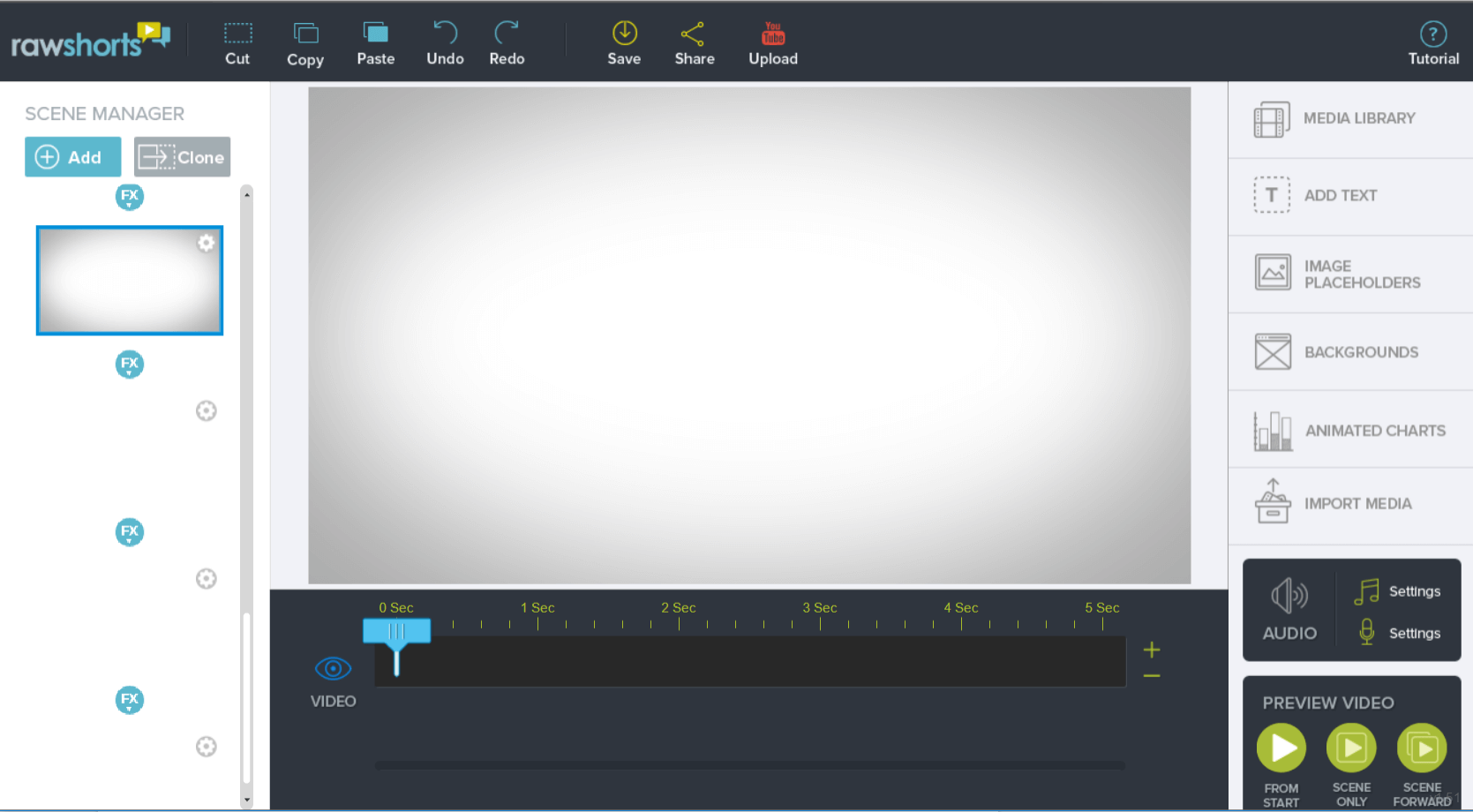

But with a tonne of whiteboard apps available, what ones are the best for training providers? We’ve narrowed it down to the top eight. Advanced whiteboard apps have video conferencing, mouse tracking, homework completion tracking and the ability to record and playback lessons.Īn online whiteboard is most certainly the answer to replacing your physical whiteboard in remote training sessions.

There are shape libraries, templates, arrows, post-it notes, flow-charts, and the ability to add media. Online whiteboards are usually infinite in size, meaning there’s no limit on how big a canvas can be. They can add notes, leave comments, or draw freehand.īut the functionality extends well beyond that of traditional whiteboards. Replicating the experience of a physical whiteboard, teachers and students can see when another person writes or draws something, in real time. The core functionality and core purpose of a virtual whiteboard remains largely the same as a real whiteboard – to foster collaboration. As instructors grapple with the challenges of teaching in an online environment – from engagement, to online fatigue, to lack of social connection – they’re turning to online whiteboards to help them solve these key problems. The rise in remote, virtual training has been met with the introduction of online whiteboards. The tools have evolved throughout the ages to accommodate new technologies and new ways of learning, but primarily the tools have been designed for traditional classroom-based learning. Until now. To illustrate concepts, reiterate key points, share ideas, explain, collaborate with students, create mind maps, take notes and more. Arguably the most important tool in a classroom, teachers have used these for over one hundred years. But with dozens of whiteboard apps available, which one will give your students the best whiteboard experience?įrom blackboards to whiteboards, PHPs, electronic whiteboards, interactive and smart boards and now online, or virtual whiteboards.

Improving engagement, social interaction, and learning outcomes, the investment is a no-brainer. Helping to overcome some of the biggest challenges of live online training, they enable students and teachers to collaborate remotely, in real time. Whiteboard apps are an essential tool in a virtual classroom. Blended learning Elearning jamboard microsoft miro mural whiteboard Zoom


 0 kommentar(er)
0 kommentar(er)
